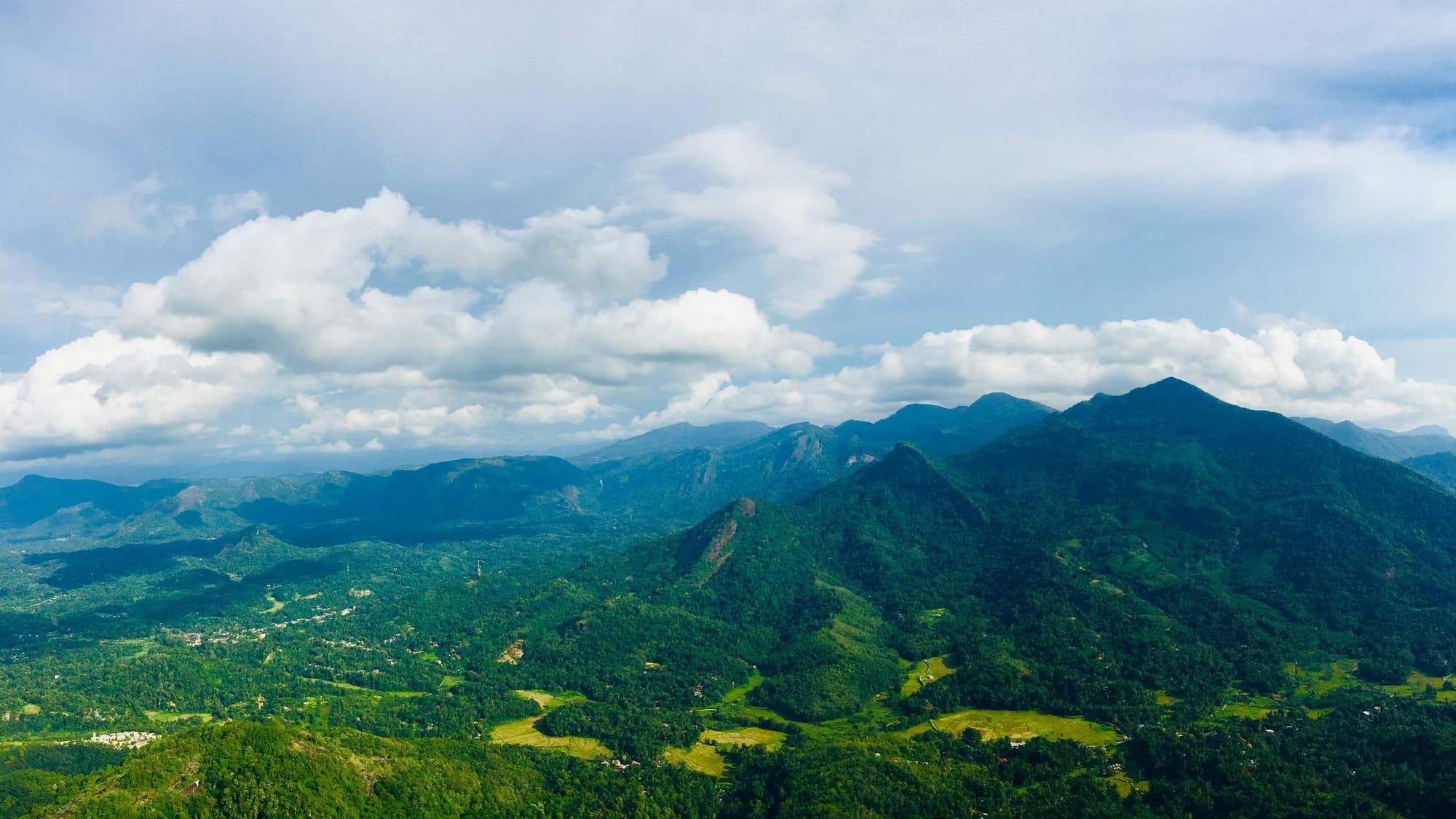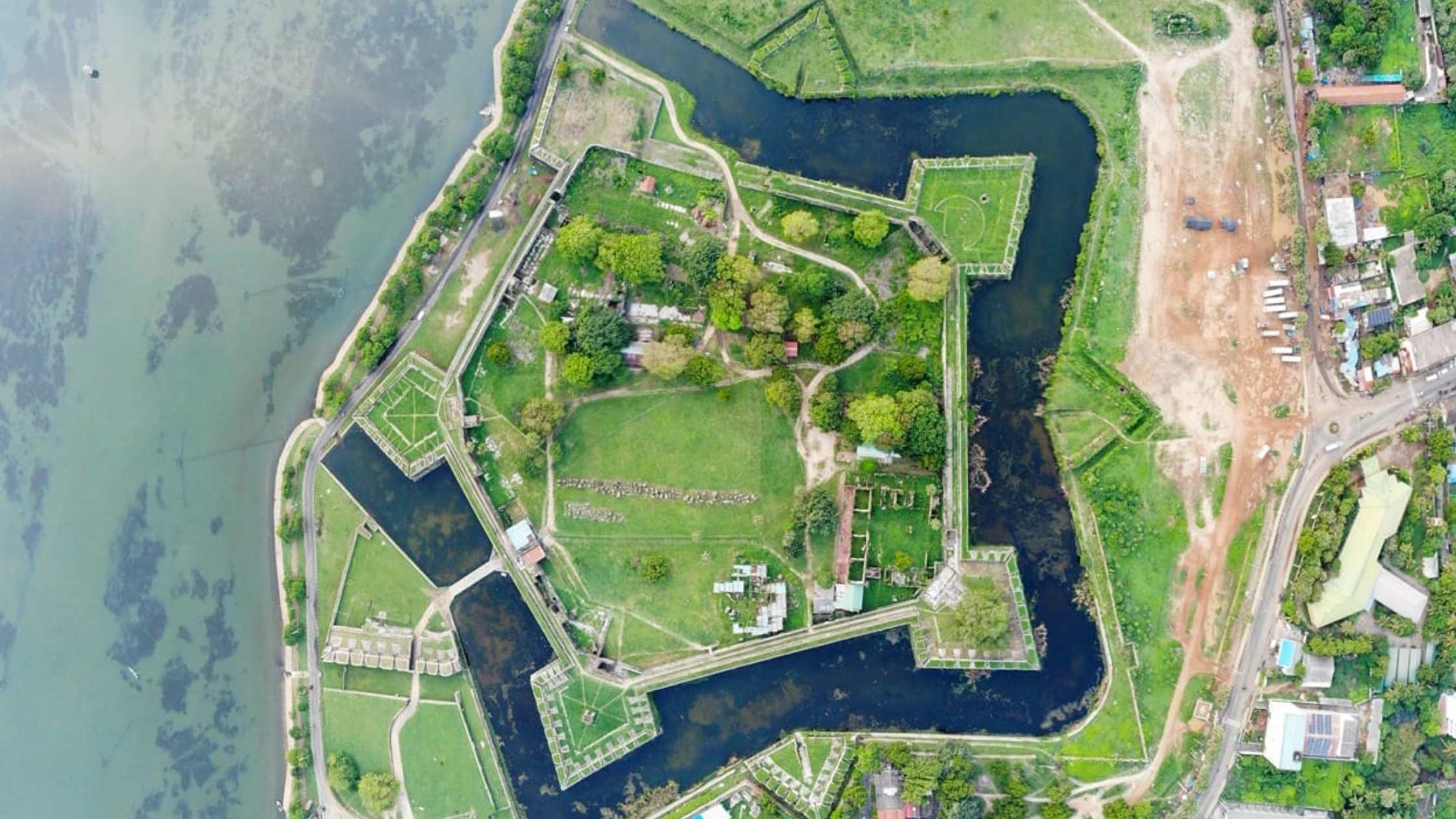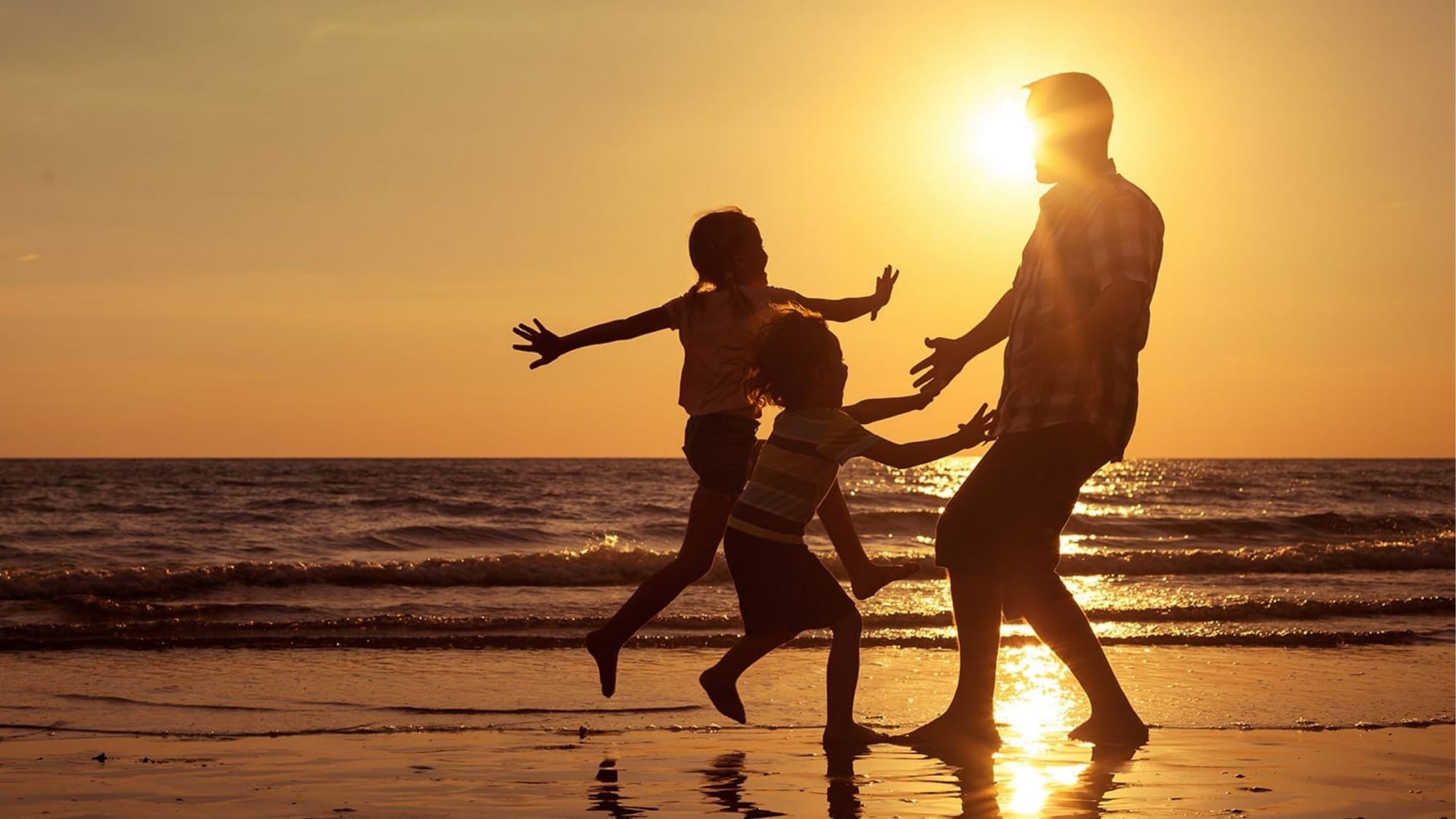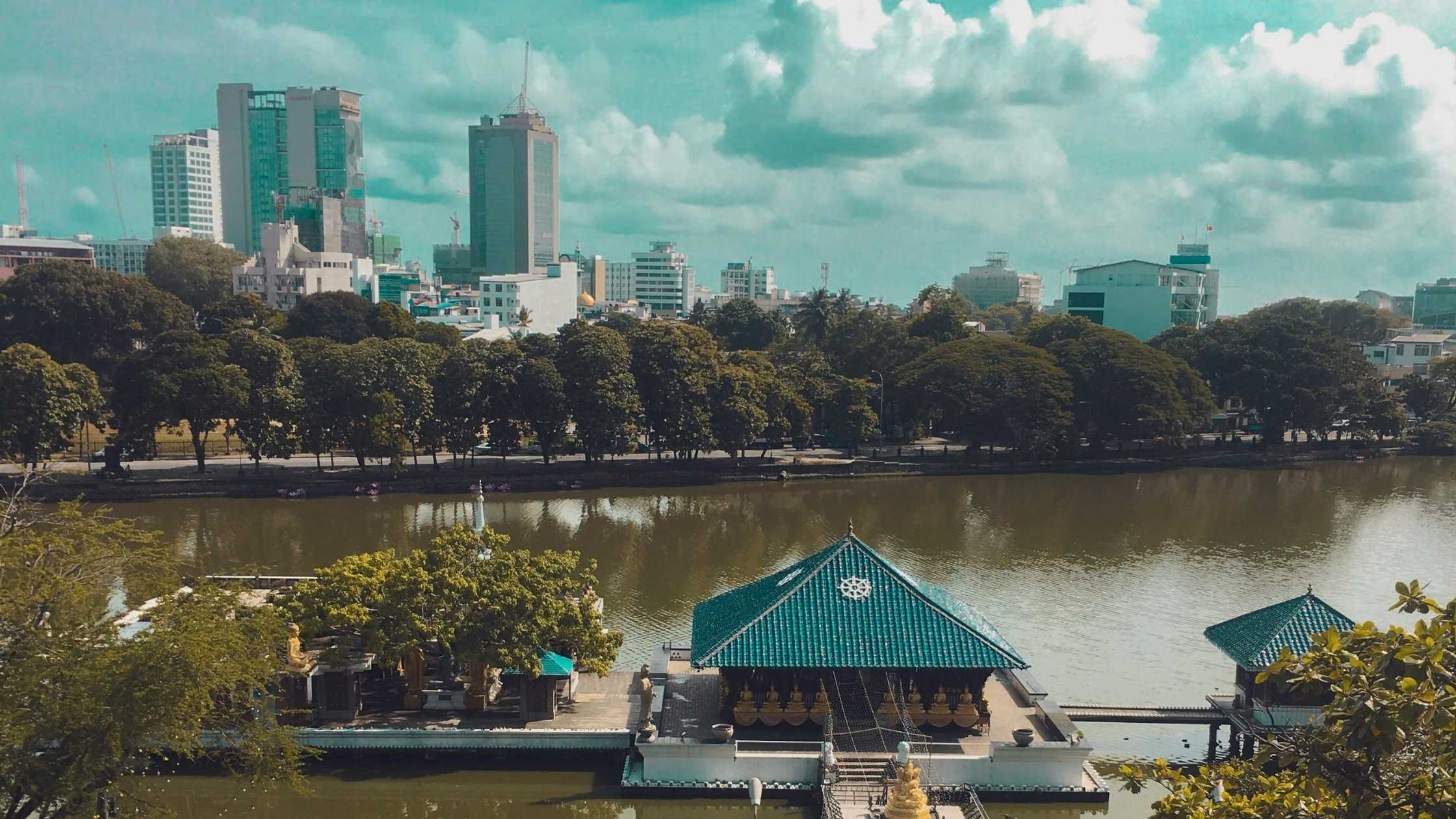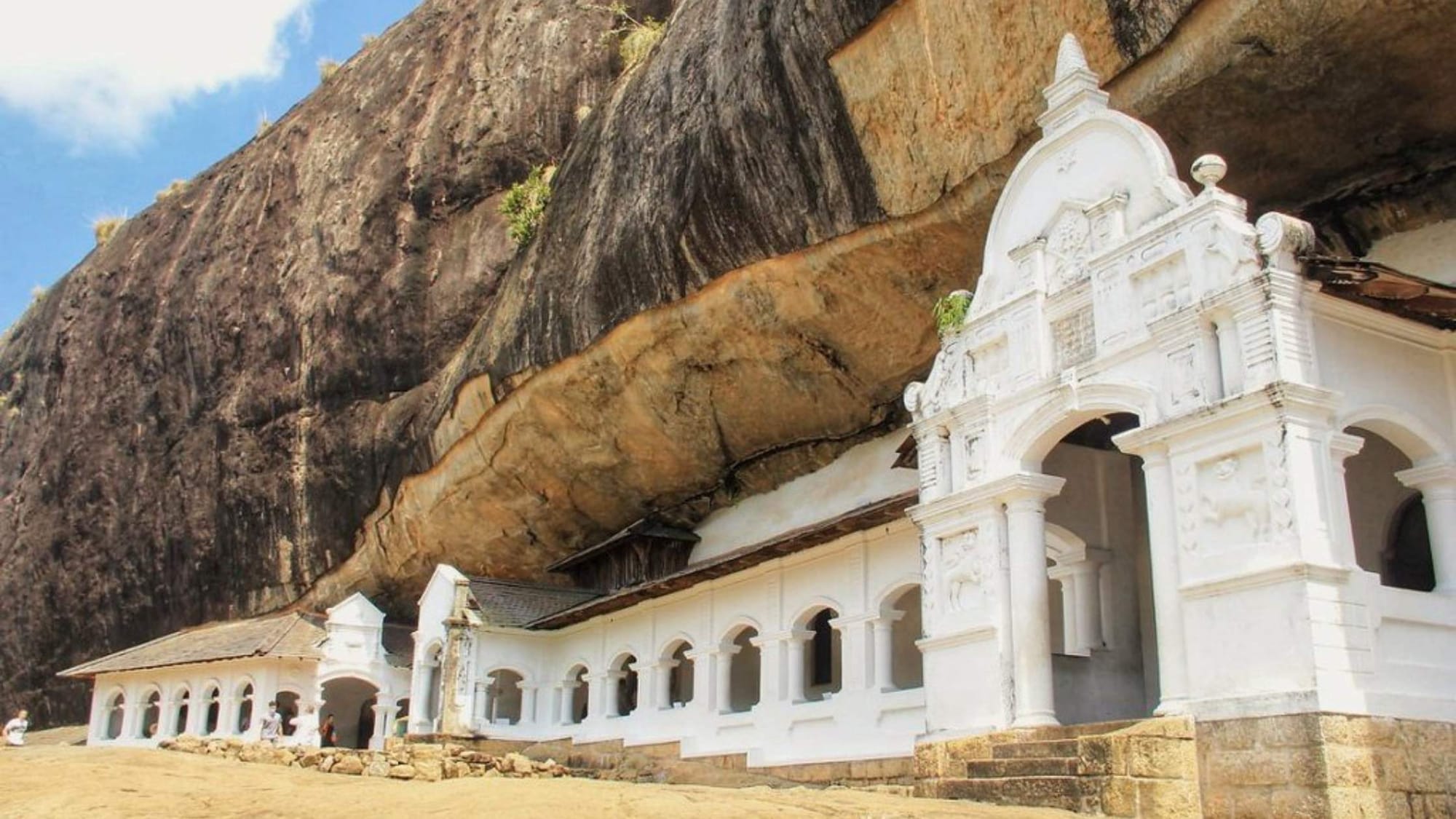Your Parents Never Told You This About Sri Lanka
Imagine this.
You're standing on a golden beach in December, watching blue whales breach offshore as temple bells chime out from misty mountains behind you.
This is Sri Lanka.
And most tourists get it all wrong.
They go at the wrong time, in the wrong place, and miss the magic entirely. Then they return home disappointed and tell their friends the weather was awful or the beaches were empty.
But here's what the guidebooks won't reveal: Sri Lanka holds a secret.
It's actually two distinct nations, depending on when you visit.
The Secret Smart Travelers Know
While other tropical destinations have one rainy season, Sri Lanka dances to its own rhythm. Two monsoons chase one another around the island like heavenly clockwork.
Southwest winds. Northeast winds. Ancient rhythms that give rise to something incredible.
There is always somewhere ideal to be.
This is not marketing hype. This is meteorology. And it changes everything about the way you should be planning your trip.
December To March: When Sri Lanka Turns Into Paradise
The statistics don't lie.
Humidity drops to comfortable levels. Rainfall becomes negligible. Sea temperatures are at a perfect 27°C.
This is when the west and south coasts transform into postcard paradise.
Galle Fort is full of visitors who've discovered what locals have known forever. Unawatuna's crescent bay mirrors the sky. In the hills, Ella's train rides turn into Instagram legend.
Yes, it's high season. Yes, prices track that reality.
But some things cannot be trimmed.
April: The Month No One Thinks Of
This is where smart travelers get the advantage.
April sits between seasons like a secret doorway. Early April still sees those perfect beach days before the southwest rains kick in. But crowds thin out. Prices drop.
And mid-April? That's when Sri Lanka celebrates its New Year.
Not the tasteless hotel party version. The real deal. Families lighting oil lamps. Village square games of old. Milk rice given to strangers who become friends.
You simply won't find this authentic cultural immersion any other month.
May To September: The East Coast Comes Alive
While frustrated tourists leave the southwest's rain, something magical happens on the opposite coast.
Arugam Bay transforms into a surfer's paradise. Trincomalee's waters turn impossibly blue. The Cultural Triangle becomes tourist-free, with ancient ruins left to photographers and deep thinkers.
This is Sri Lanka's other side. The one that most tourists never see.
Accommodation prices dive. Restaurants offer leisurely service instead of rushed meals. You'll have the top of Sigiriya almost to yourself at dawn.
The east coast doesn't just offer different weather. It offers a different experience.
The Cultural Calendar: Why Timing Trumps Weather
Other travelers track perfect weather forecasts. Smart travelers track perfect moments.
In July and August, there is the Esala Perahera in Kandy. Elephants wrapped in LED lights march down ancient streets. Drummers perform rhythms older than recorded history. Fire dancers disobey physics.
This is not a show for tourists. It's a religious spectacle that occurs once a year.
Book a room months in advance. Or stand on the sidelines and watch others have a life-changing experience.
September Through November: The Secret Season
Travel magazines refer to this as the "shoulder season."
That's code for "fewer tourists, lower prices, occasional rain showers."
What they won't tell you: this is when Sri Lanka is at its most beautiful. Recent rains rejuvenate waterfalls. Tea estates glow emerald green. Animals visit national parks as temperatures drop.
Pilgrimage season to the top of Adam's Peak begins in November. That's 5,200 holy steps to a peak where Buddhists, Hindus, Christians, and Muslims all believe their deity left a footprint.
Spiritual or not, you'll understand why after sunrise at 2,243 meters above sea level.
The Activity Matrix: Match Your Passion to the Season
Surfing the south coast? November to April delivers consistent swells and offshore winds.
Chasing the perfect wave in Arugam Bay? May to September is your time.
Whale watching off Mirissa? December to April sends blue whales, sperm whales, and dolphins into the southern seas.
Cultural immersion? January sees temple festivals. April sees New Year celebrations. August sees the incomparable Kandy Perahera.
Hiking Adam's Peak? December to May sees clear skies and dry trails for the pre-dawn ascent.
Wildlife safaris? June to September's dry season forces animals near water sources, which improves viewing opportunities significantly.
The Uncomfortable Truth About "Perfect" Weather
There is no perfect product. Not even Sri Lankan weather.
Those guidebook assurances of "year-round sunshine" and " gentle breezes"? Marketing myth.
Even in peak season, you'll have sporadic rain showers. Humidity will test your resolve on some days. Monsoon seasons bring real rain, not photogenic drizzle.
But this is the point: Sri Lanka's imperfections create its perfection.
Those late afternoon thunderstorms? They clear the air and drop temperatures. Monsoon rains? They fill the waterfalls and landscape the scenery photographers dream about.
Your Strategic Advantage
Most visitors schedule Sri Lanka tours based on vacation time and airfare.
You now have knowledge they lack: timing determines experience.
In search of luxury at affordable rates? Travel during inter-monsoon seasons when five-star properties slash prices.
Desiring authentic culture? Plan around local festivals, not Western holidays.
Yearning for tranquility at famous sites? Travel during the periods when monsoons keep out casual visitors.
The Final Truth
Sri Lanka is heaven for the informed visitor.
Not the one with the biggest budget or most expensive camera. The one who learns the rhythms of the island and schedules their visit around it.
Book ahead for high seasons. December to March and July to August fill up fast.
Pack for four climates. Beach sandals and mountain jackets in the same bag.
Check festival calendars. Some things only happen once a year.
Remember: monsoon rains are not all-day deluges. They are often evening showers that have passed by morning.
When Will You Go?
Your perfect Sri Lankan adventure awaits.
December to March for classic beach nirvana and cultural overviews.
May to September for east coast adventures and budget luxury.
The choice is a matter of your priorities: classic perfection or true exploration.
Both are legitimate. The choice is entirely yours to make. Only you can decide which one calls to your soul.
The Pearl of the Indian Ocean awaits. One mystical island, two nations.
Which will you visit?


